Premium Only Content
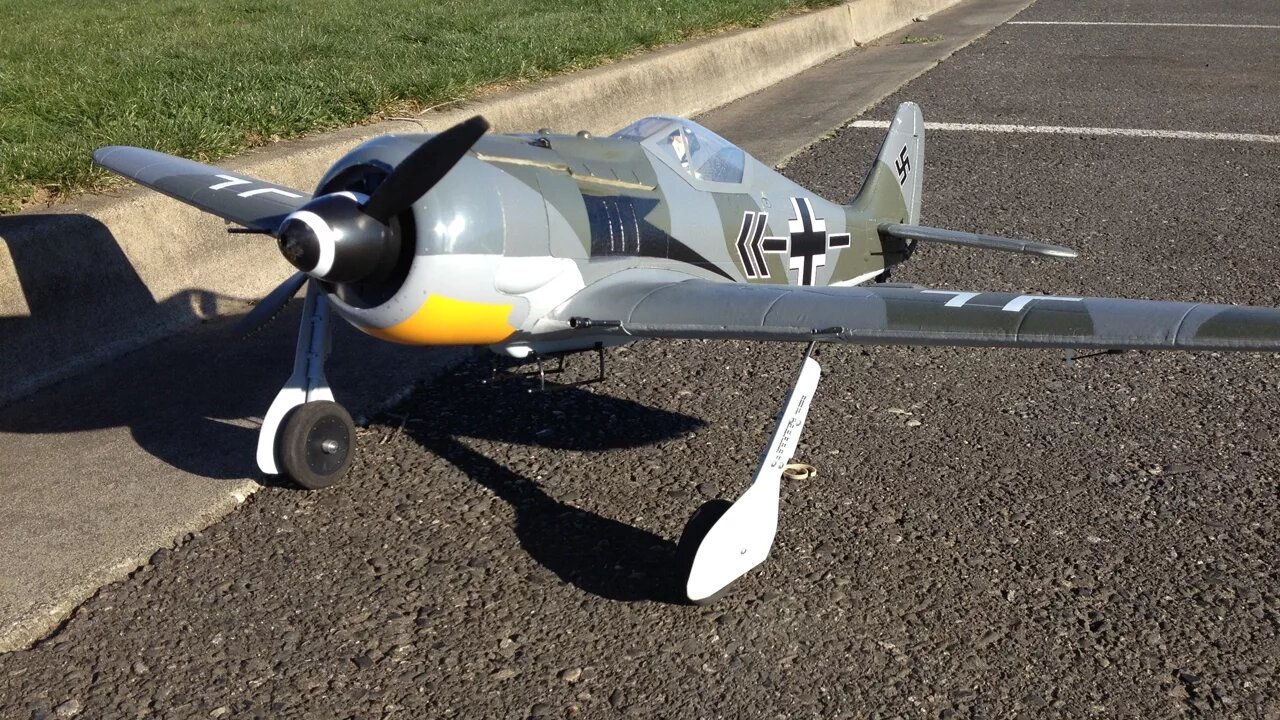
Drop Tank and Retracts Fun with the Parkzone Focke-Wulf 190A-8 WWII RC Warbird - Parkzone FW-190
This is some amazing footage I caught of John with this Parkzone FW-190. John shows why I consider him to be my flying mentor in this video complete with retracts and drop tank caught on video with his Parkzone Focke-Wulf 190A-8 WWII RC Warbird. There are other special moments too, but I don't want to give away too much.
If you want to see more of John, check out his channel using the link below:
https://www.youtube.com/user/JohnVH541
The Parkzone Focke-Wulf 190A-8 Bind-N-Fly Basic or BNF Basic. It is often referred to as the the Butcher Bird. It was a dirty bird in the Luftwaffe of Nazi Germany during World War Two and flies nothing like a Parkzone Sport Cub. This is a legit Warbird!
This Parkzone FW-190 parkflyer WWII Warbird RC Plane flight video contains fun flight footage of this beautiful RC Plane with soundbites from John and I.
This RC Plane Park Flyer is brought to us by RC juggernaut Horizon Hobby. This is also a favorite of many WWII Warbird fans and may be one of the better PZ Parkflyer options they have ever released under their Parkzone brand.
This is a great RC Warbird as you can see in the video a few little quirks to work around, including how hard it is to land well on pavement.
I am also happy to report that John did not crash during the video of this really nice airplane in a line-up of other WWII Warbirds such as the Parkzone F4U Corsair and Parkzone P-51 Mustang. I am hopeful that they will add in a P-38, P-40, or a larger B-17 than the E-Flite B-17 they just added in the near future. If they do, I hope they are also as well built as this PZ FW-190 or PZ Focke-Wulf 190. Its technical name is the Parkzone FW-190a-8.
For some history on this plane, please read below:
During World War II, few sights could make an Allied pilot's blood run cold like that of a Focke-Wulf 190 headed his way. So fearsome was this fighter's reputation that it was known to friend and foe alike as the "Butcher Bird."
The Focke-Wulf Fw 190 Würger (English: Shrike) was a German single-seat, single-engine fighter aircraft designed by Kurt Tank in the late 1930s and widely used during World War II. Powered by a radial engine in most versions, the Fw 190 had ample power and was able to lift larger loads than its well-known counterpart, the Messerschmitt Bf 109. The Fw 190 was used by the Luftwaffe in a wide variety of roles, including day fighter, fighter-bomber, ground-attack aircraft and, to a lesser degree, night fighter.
When the Fw 190 started flying operationally over France in August 1941, it quickly proved itself to be superior in all but turn radius to the Royal Air Force's main front-line fighter, the Spitfire Mk. V,[2] especially at low and medium altitudes. The 190 maintained superiority over Allied fighters until the introduction of the improved Spitfire Mk. IX in July 1942 restored qualitative parity.[3] The Fw 190 made its air combat debut on the Eastern Front in November/December 1942; though Soviet pilots considered the Bf 109 the greater threat, the Fw 190 made a significant impact.
The Fw 190 became the backbone of the Jagdwaffe (Fighter Force), along with the Bf 109. On the Eastern Front, the Fw 190 was versatile enough to use in Schlachtgeschwader (Battle Wings or Strike Wings), specialised ground attack units which achieved much success against Soviet ground forces. As an interceptor, the Fw 190 underwent improvements to make it effective at high altitude, enabling it to maintain relative parity with its Allied opponents. The Fw 190A series' performance decreased at high altitudes (usually 6,000 m (20,000 ft) and above), which reduced its effectiveness as a high-altitude interceptor, but this problem was mostly rectified in later models, particularly in the Junkers Jumo 213 inline-engine Focke-Wulf Fw 190D series, which was introduced in September 1944.
The A-8 entered production in February 1944, powered either by the standard BMW 801 D-2 or the 801Q (also known as 801TU). The 801Q/TU, with the "T" signifying a Triebwerksanlage unitized powerplant installation, was a standard 801D with improved, thicker armour on the front annular cowling, which also incorporated the oil tank, upgraded from 6 mm (.24 in) on earlier models to 10 mm (.39 in). Changes introduced in the Fw 190 A-8 also included the C3-injection Erhöhte Notleistung emergency boost system to the fighter variant of the Fw 190 A (a similar system with less power had been fitted to some earlier Jabo variants of the 190 A), raising power to 1,980 PS (1,953 hp, 1,456 kW) for a short time.
-
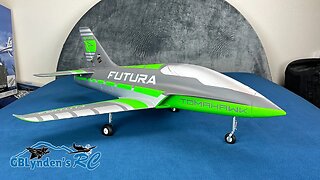 5:51
5:51
GBLynden's RC
1 year agoDetailed Unboxing | FMS Futura 64mm EDF Sport Jet
217 -
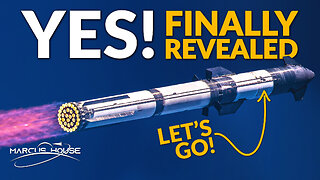 23:34
23:34
marcushouse
6 hours ago $6.07 earnedBREAKING: Starship Launch IMMINENT – But What’s This SURPRISE Flight 9 Plan?! 🚀🔥
27.6K4 -
 8:43
8:43
Film Threat
23 hours agoTHE MONKEY | Film Threat Reviews
47.2K2 -
 15:55
15:55
TSPLY
1 day agoThe Media Is Very Afraid Of FBI Director Kash Patel
31K27 -
 6:57
6:57
Cooking with Gruel
19 hours agoMake Cheese Great Again
25.7K12 -
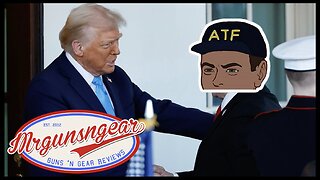 5:17
5:17
Mrgunsngear
22 hours ago $6.04 earnedPresident Trump Has Appointed A New ATF Director
32.6K26 -
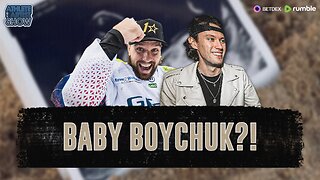 48:17
48:17
Athlete & Artist Show
8 days ago $0.75 earnedS5E1: Chucky Announces First Kid, 4 Nations Face Off, and more!
22.6K -
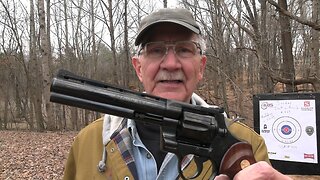 38:30
38:30
hickok45
7 hours agoSunday Shoot-a-Round # 269
53.7K14 -
 1:39:55
1:39:55
Squaring The Circle, A Randall Carlson Podcast
1 day ago#040 Humanity's Expansion Into The Cosmos: A New Age - Squaring The Circle
30.4K4 -
 12:54
12:54
ariellescarcella
17 hours agoYou're NOT Queer, Just Annoying And Boring
20.3K14